SOA Transition Planning Methodology
This presentation discusses the steps needed to implement the SOA Governance and Management Method (SGMM).
Enterprise Architecture (EA) knowledge refers to the understanding of the organization’s IT infrastructure, applications, and processes in the context of the overall business strategy. Effective EA knowledge can help organizations optimize their IT investments, improve IT agility, and achieve desired business outcomes.
EA knowledge may include:
Effective EA knowledge requires a deep understanding of the organization’s business goals, as well as the IT infrastructure and applications that support these goals. IT executives should ensure that their EA knowledge is well-documented and communicated to relevant stakeholders across the organization.
The Enterprise Architecture (EA) Knowledge category within the CIO Reference Library provides CIOs and other IT executives with a comprehensive set of resources that illustrate effective EA knowledge practices. This category includes a range of resources, such as articles, whitepapers, and case studies, that offer insights into different aspects of EA knowledge, such as understanding business goals, assessing IT infrastructure, evaluating application portfolios, optimizing IT processes, and establishing governance frameworks. By leveraging these resources, CIOs and IT executives can gain a deeper understanding of effective EA knowledge practices and optimize their IT investments to achieve desired business outcomes.

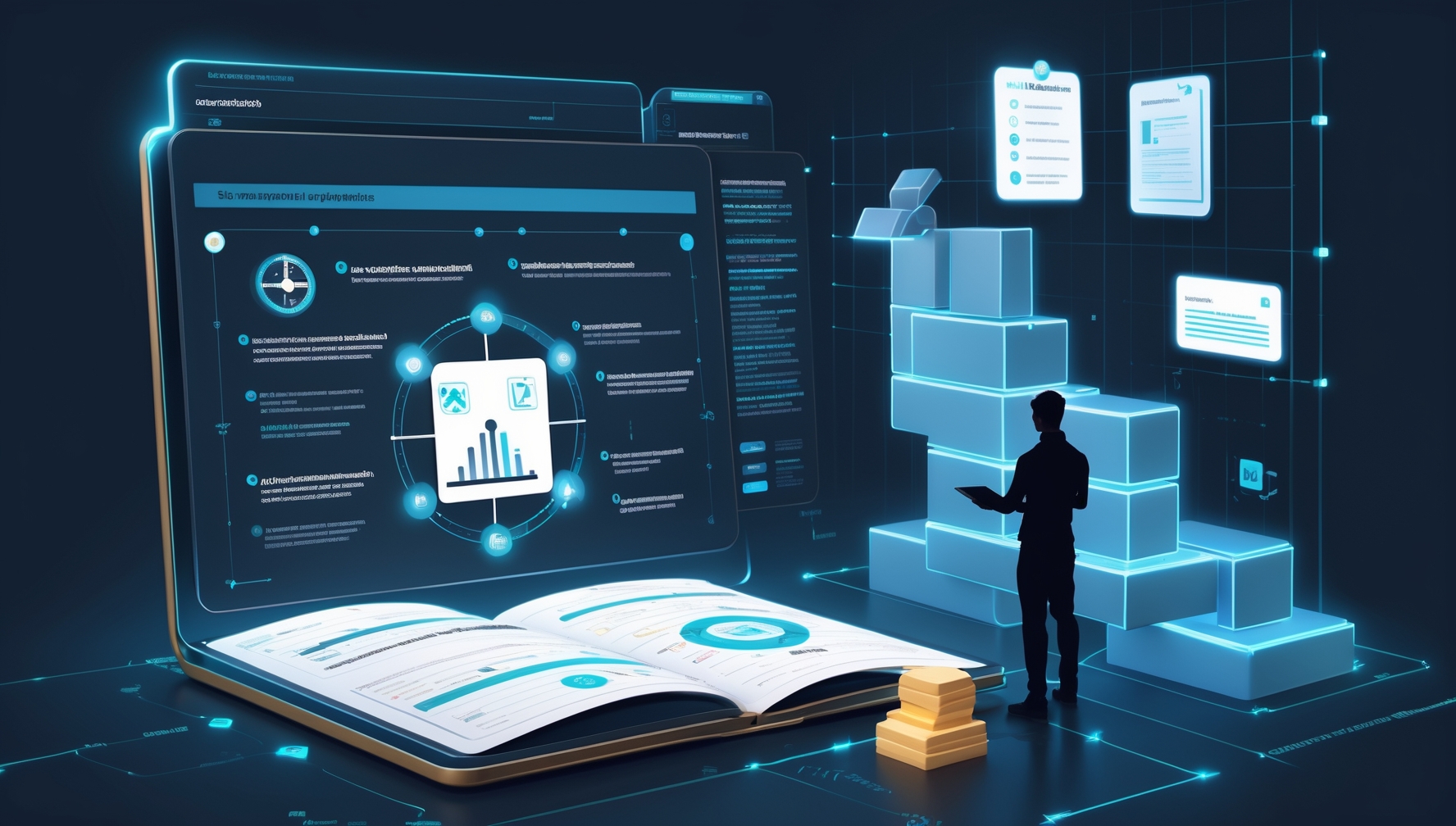

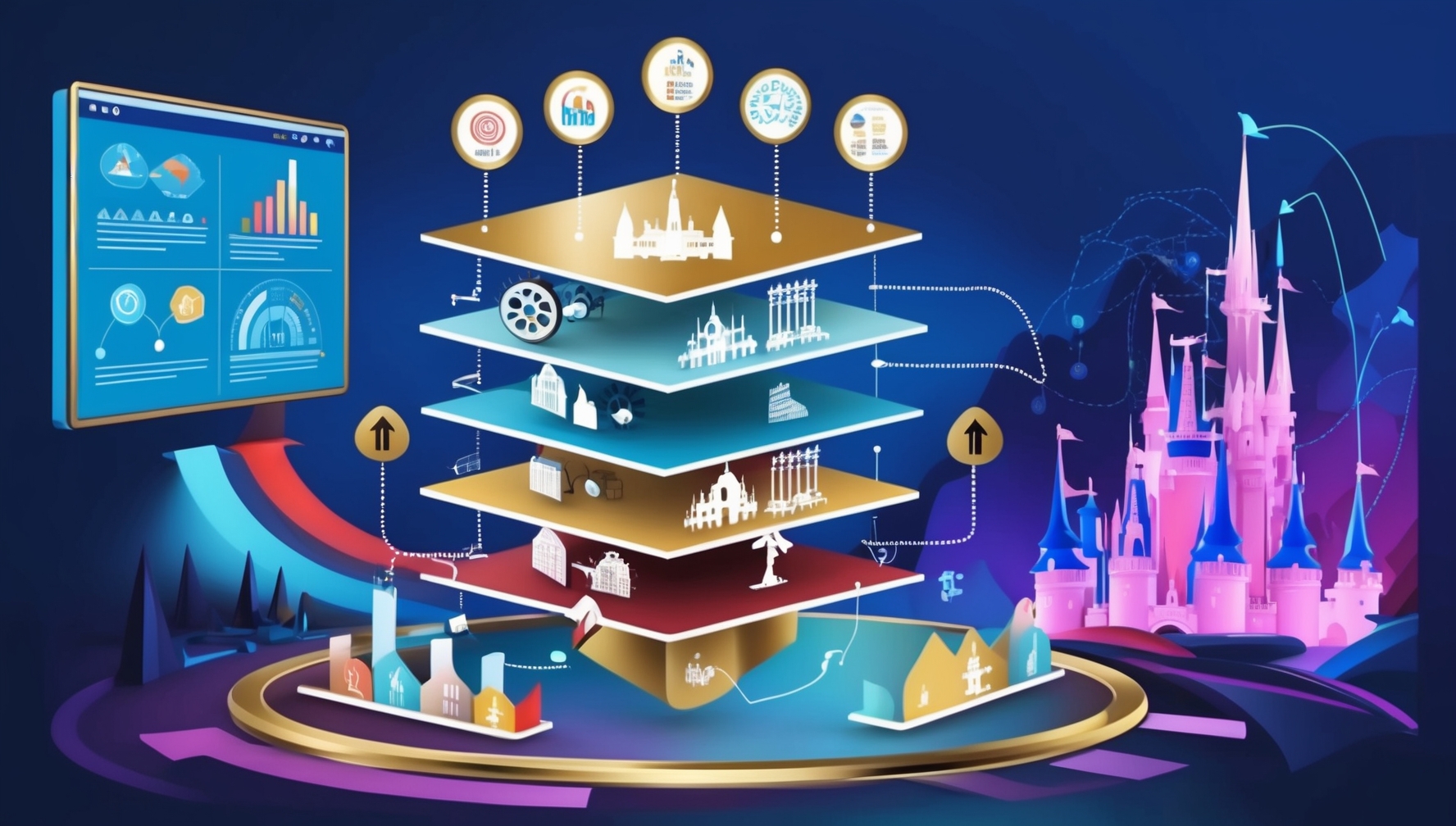
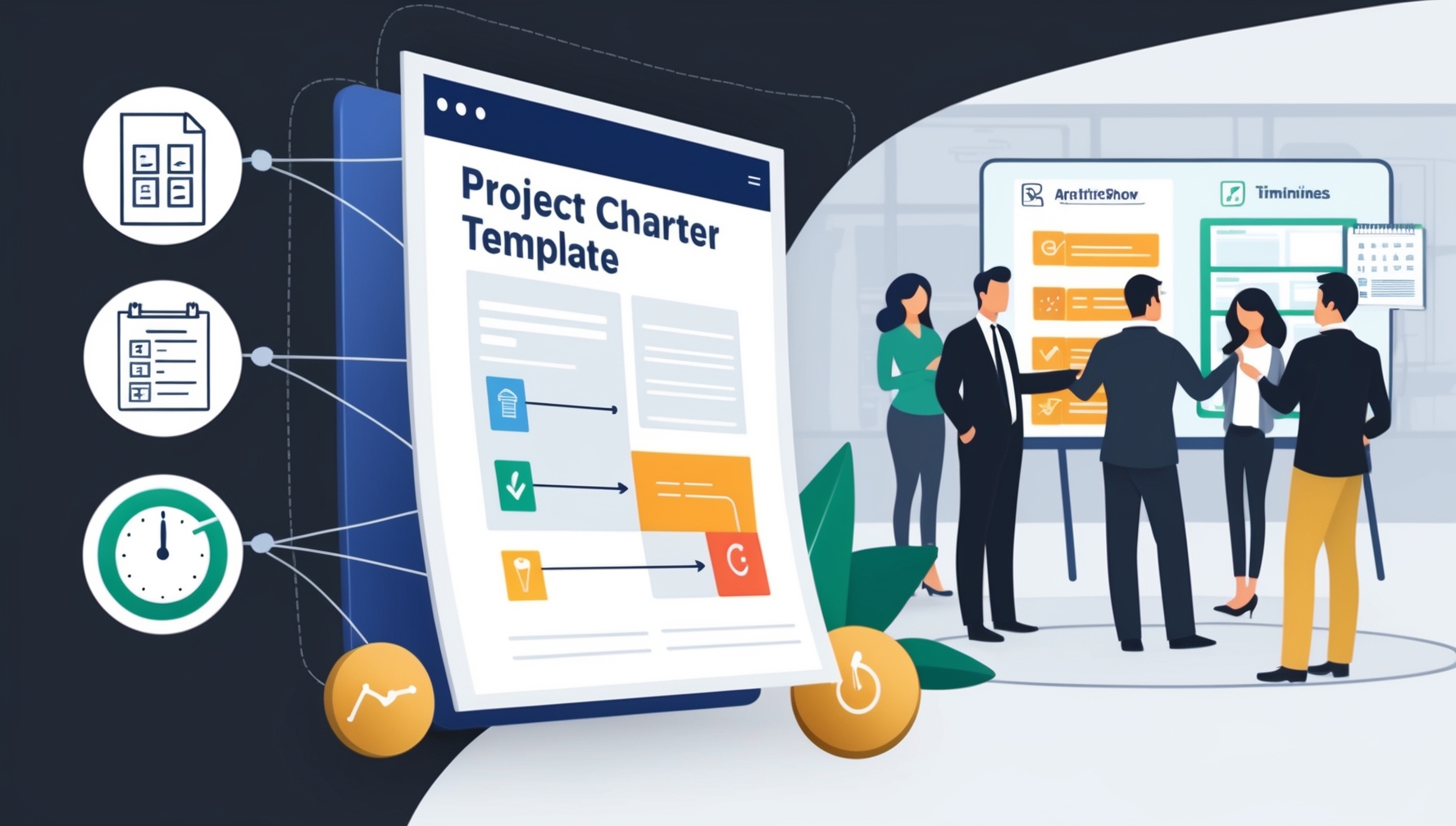
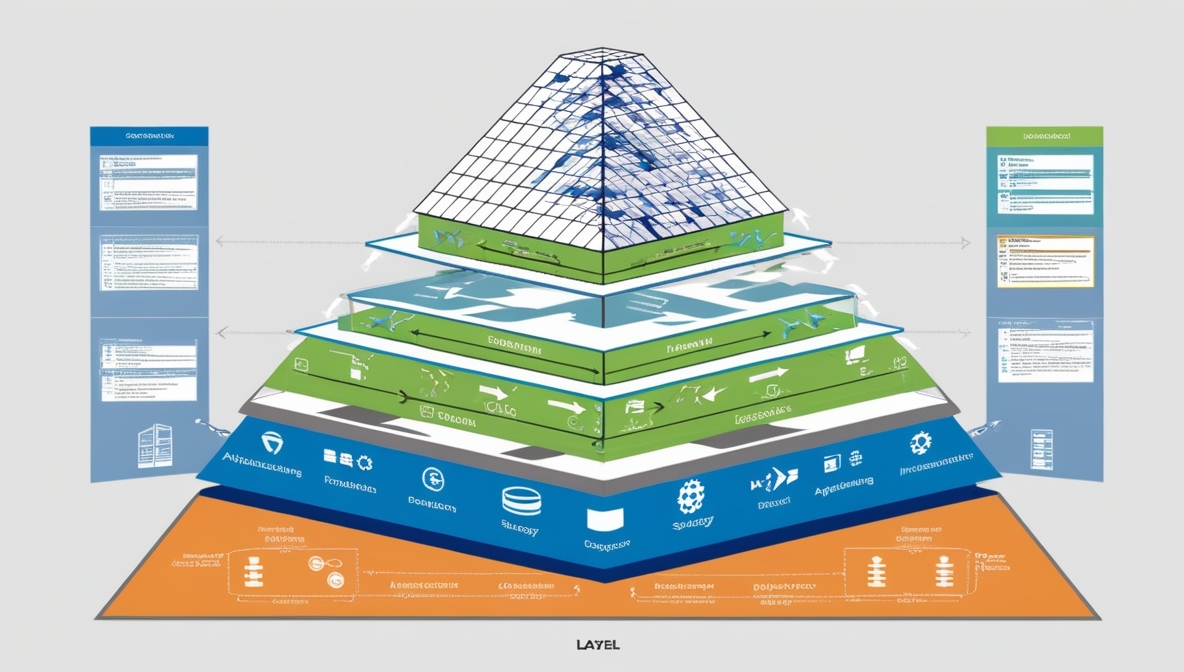
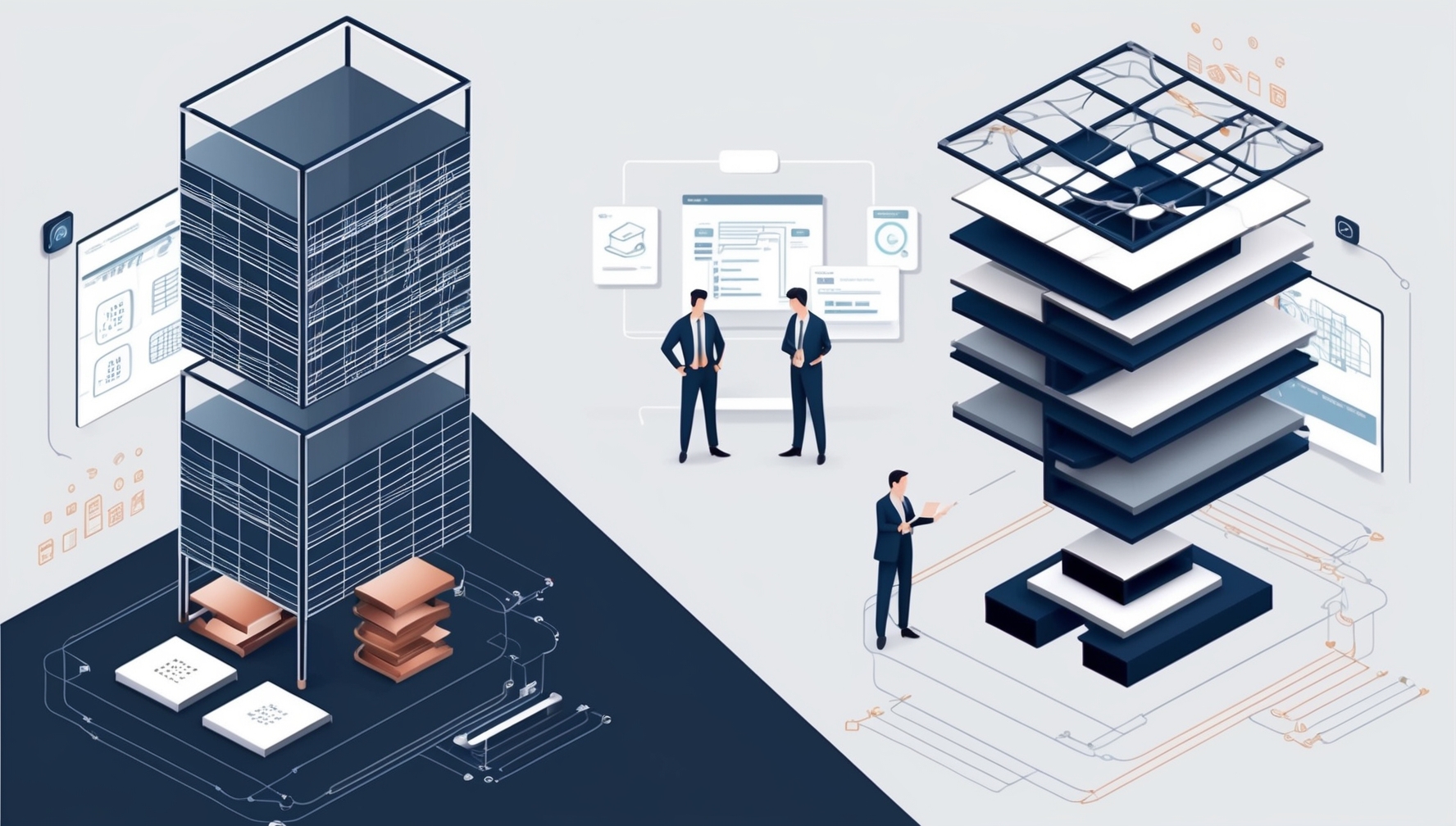

![A Tutorial On The Zachman Enterprise Architecture (Ea) Framework [Presentation] 9 A Tutorial On The Zachman Enterprise Architecture (Ea) Framework - Featured Image](https://cioindex.com/wp-content/uploads/2025/01/A-Tutorial-on-the-Zachman-Enterprise-Architecture-EA-Framework.png)
This presentation discusses the steps needed to implement the SOA Governance and Management Method (SGMM).
This presentation describes the process used to create interoperability policies and standards through service oriented architecture (SOA). EU interoperability framework was extended – "service design principles were used to generate a set of policies, while the design patterns yielded the specifications for the standards, thus creating a SOA-based set of recommendations, allowing interoperability to become a strategic benefit of applying service-orientation."
Dive into a detailed analysis of SOEAF – a cutting-edge framework blending Service-Oriented Architecture with Enterprise Architecture to streamline and align IT systems with business objectives. Discover how Model Driven Architecture can revolutionize enterprise IT design.
This presentation discusses service oriented architecture (SOA) governance using policies – what are policies? policy layers, domains, lifecycle, standards and more…
The authors propose aligning and synchronizing the two distinct but related architectures of an enterprise namely, business and technology, using a new framework and reference model approach, establishing an enterprise architecture. Further, they contend that if this enterprise architecture is supported by a governance model true business IT alignment can
This presentation discusses modeling and simulation for architecture design and evaluation.
This white paper describes a technical approach for improving how we specify system and system-of-systems architectures using frameworks in general, and the Department of Defense Architecture Framework (DoDAF) in particular. The model driven approach to architectural frameworks explained here, which is based on UML™ 2.0, Telelogic TAU Generation2™, and Telelogic
The Department of Defense Architecture Framework (DoDAF) is a three-volume set. The attached Volume I introduces the DoDAF framework and addresses the development, use, governance, and maintenance of architecture data.
The Department of Defense Architecture Framework (DoDAF) is a three-volume set. Volume II outlines the essential aspects of architecture development and applies the net-centric concepts to the DoDAF products.
The Department of Defense Architecture Framework (DoDAF) is a three-volume set. Volume III introduces the architecture data management strategy and describes the pre-release CADM v1.5, which includes the data elements and business rules for the relationships that enable consistent data representation across architectures.